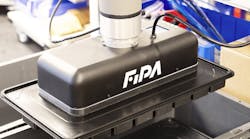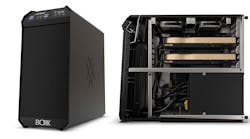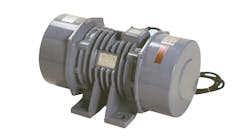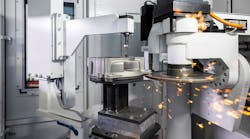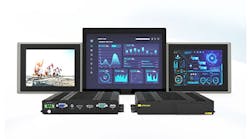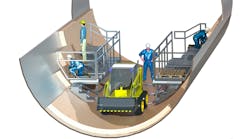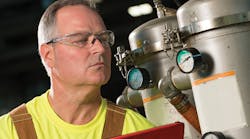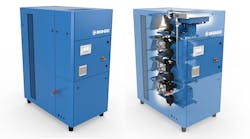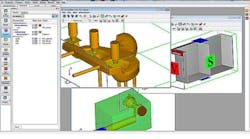FLOW SCIENCE INC. introduced version 4 of FLOW-3D Cast, its modeling software for metalcasting processes, with new capabilities based on its recently released solver for FLOW-3D version 11. The new version provides users with several new simulation tools to improve casting designs, as well as an intuitive Model Setup panel that reduces significantly the time required to create real-world simulations.
Users are guided through the simulation setup process by the logically arranged set-up panels at the left side of the Model Setup window. Elements of the casting process are entered according to actual names — e.g., mold, casting parts, filters — and appropriate physical models are activated automatically.
“The driving factor behind the development of FLOW-3D Cast has always been to closely reflect the workflow and needs of our customers so that they can improve product development, speed up production and deliver high-quality products to market before their competitors,” according to John Ditter, vice president of Software Engineering.
Other new functions and improvements available in FLOW-3D Cast version 4 include:
• A thermal stress model that predicts stresses and deformations in solid and solidified parts in response to pressure forces;
• Multiple improvements for modeling cooling channels in dies;
• Improved capabilities for modeling the sand core gas generation;
• Several new numerical options that allow faster simulation times;
• A new Simulation Manager function in the graphical user interface, so users can manage their simulations better, both before and as they run, and to visualize the progress of simulations;
• Improvements to the user interface that make setting up simulations much easier and more intuitive; and,
• A new state-of-the-art postprocessor, FlowSight™, capable of analyzing results in ways that were not previously possible.
In addition to these, the FLOW-3D Cast version 4 particle model introduces multiple initial particle blocks: users can define multiple initial blocks of particles, so that particles can be introduced at the beginning of a simulation at different locations and with different properties.
Particles are tagged according to their origin in the new version, indicating which initial block or particle source they came from. Separate tags are used for particle blocks and particle sources. More than that, particles can now be defined by density or diameter, they can have drag and diffuse, they can stick to solids or bounce off solids, and various other options.
The granular flow model has been extended from describing granular/gas mixtures to granular/liquid, or slurry, flows. This may be useful when modeling, for example, the flow of mud. The model can be viewed as a simple version of the sediment transport model without the complications of erosion and multiple sediment species. It uses the average grain properties to characterize the flow behavior of the granular material in the mixture. The forces acting on the granular media in both granular flow models, with gas and with liquid, now include dispersive pressure that arises from grain collisions in shearing flow. The additional force is a function of the friction angle, which is an input parameter to these models.
The initial and boundary conditions for the vapor/gas mixture can now be defined in terms of relative saturation. This is especially useful when modeling water vapor in air. Tabular and polynomial definitions of the P-T saturation curve and the latent heat as functions of temperature have been added to the liquid/gas phase model as an alternative to the existing Clausius-Clapeyron equation for the P-T curve and constant latent. This addition expands the applicability of the phase change model from the triple point temperature to the critical temperature. This model is useful for those who want to model core drying.
Flow Science made the new release available to customers under maintenance contracts.
Visit www.flow3d.com
